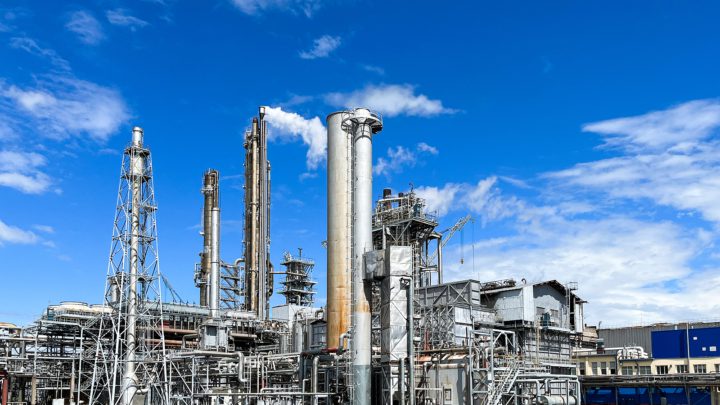
The companies are looking into the feasibility of a plant with a total capacity of 1.2 to 1.4 million tons per annum to serve the growing global demand for low-carbon ammonia.
“Yara and BASF have successfully collaborated in the past and we are pleased to explore a new clean ammonia project together. In line with Yara Clean Ammonia’s strategy, we are working systematically to develop asset-backed supply to decarbonise agriculture as well as serving new clean ammonia segments such as shipping fuel, power production and ammonia as a hydrogen carrier,” said Magnus Krogh Ankarstrand, president of Yara Clean Ammonia.
Approximately 95% of the carbon dioxide (CO2) generated from the production process is intended to be captured and permanently stored in the ground. This would allow Yara to serve its customers with clean ammonia with a significantly reduced product carbon footprint.
For BASF, the new plant would act as backward integration to serve the company’s demand for low-carbon ammonia and would lower the carbon footprint of its ammonia-based products.
“This project underlines BASF’s commitment to drive the sustainable transformation of the chemical industry. Our existing Verbund sites in the region with integrated material flows and advanced infrastructure would be ideally suited for the integration of a new world-scale ammonia facility that has the potential to significantly improve the carbon footprint of both our own operations and the various industries we serve,” said Dr. Ramkumar Dhruva, president monomers division, BASF.
BASF and Yara are long-standing collaboration partners and successfully operating a joint world-scale ammonia plant at BASF’s site in Freeport, Texas. The companies plan to complete the feasibility study on the low-carbon blue ammonia production facility by the end of 2023.